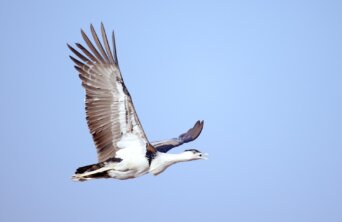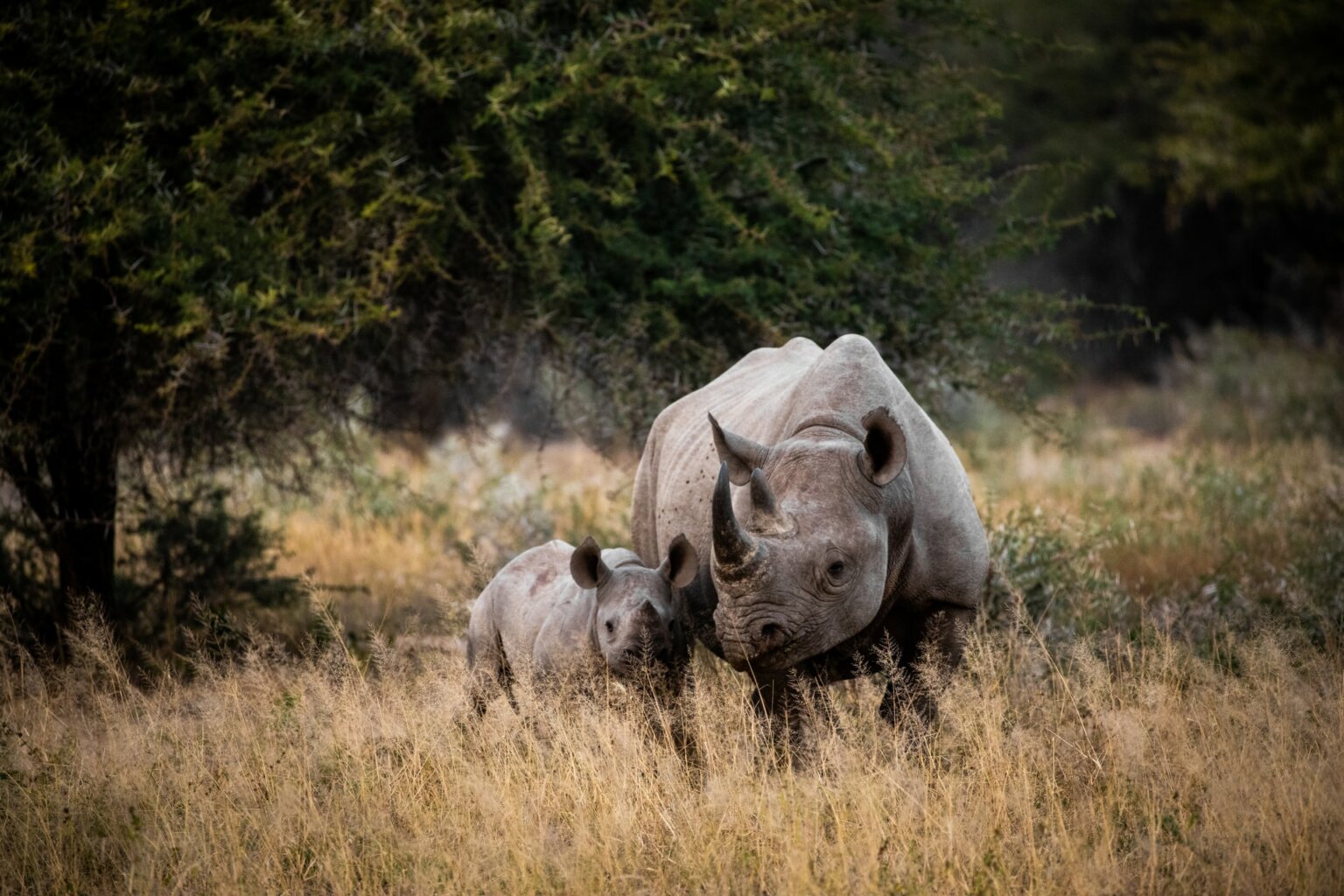- About
- Topics
- Picks
- Audio
- Story
- In-Depth
- Opinion
- News
- Donate
- Signup for our newsletterOur Editors' Best Picks.Send
Read, Debate: Engage.
According to the last official census on the great Indian bustard (GIB), conducted by the Wildlife Institute of India and range states in 2018, the population stood at just 150 birds in India. Today the current number has fallen to a dismal 130 bustards, around 110 of which are living in Rajasthan and 20 in other states. Standing at one metre tall, the GIB is the heaviest flying bird and one of the rarest in the world. It stands on the brink of extinction.
While habitat loss is seen as the main reason for the plummeting numbers, there are other issues that need to be addressed. The primary factors behind habitat loss include the ever-increasing demand for marginal land dedicated to tillage for increased crop production and the large-scale conversion of land for urbanisation.
The protection of GIBs within notified areas is mostly taken care of by the government, but there are NGOs, like the Ecology, Rural Development & Sustainability (ERDS) Foundation, that are working on community-led initiatives.
Dr. Sumit Dookia, a faculty member of the GGS Indraprastha University New Delhi and Honorary Scientific Advisor of the ERDS Foundation explains that “these birds always prefer grassland dominant areas with few shrubs or stunted trees like typical savannah grasslands.”
However, without consideration for the wildlife, the government has not valued or protected these grassland regions. “Ironically, these areas were always classified as wasteland in our revenue records and due to this skewed classification, these areas were offered to developmental projects to various sectors, whose largest share remains for wind and solar energy parks,” Dr. Dooki recounts.
In 2015, several young people from villages surrounding the Desert National Park were selected, educated, and trained to become Nature Guides. The government is working in the Desert National Park and in Pokhran where, since the 1970s, about 75 enclosures have been made spanning 18,000 hectares so that GIBs can move and breed freely without fear of predators, like wild dogs and jackals.
Another threat to the endangered species is their collision with solar-energy transmission lines, which has caused casualties among them. As a response, the Indian Supreme Court has recently directed that these transmission lines have bird diverters, which are reflectors that warn the bird of the hard-to-spot cables.
However, conservation efforts are bearing fruits. Dr. Ashish Vyas, the Deputy Conservator of Forests shared that “this breeding season we identified that six females laid double eggs so we are hoping when the counting survey happens next year, their numbers would have increased.”
A breeding centre in Ramdevra in Pokhran is helping collect the eggs from the field, which are artificially hatched and reared. A recent hatching of a chick has given reason to cheer.
Conservation efforts have also instilled a sense of pride in the locals who now introduce themselves as being from the land of the great Indian bustard. Hopefully this signals the beginning of the long overdue recognition for the GIB, which was once in the race to become India’s national bird.
Image by Simerpreet Cheema

